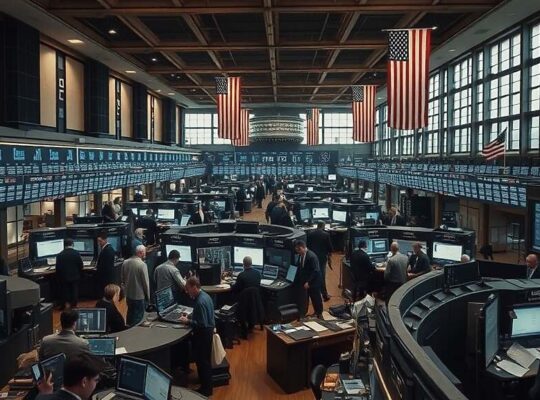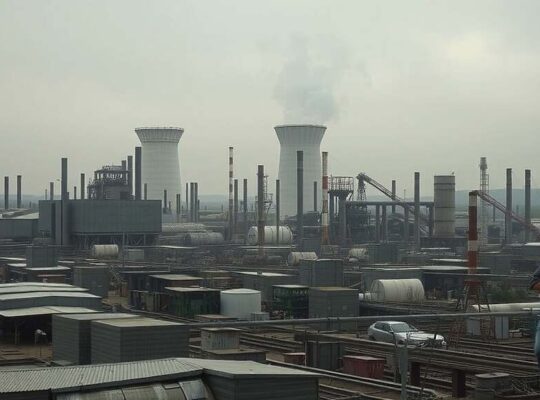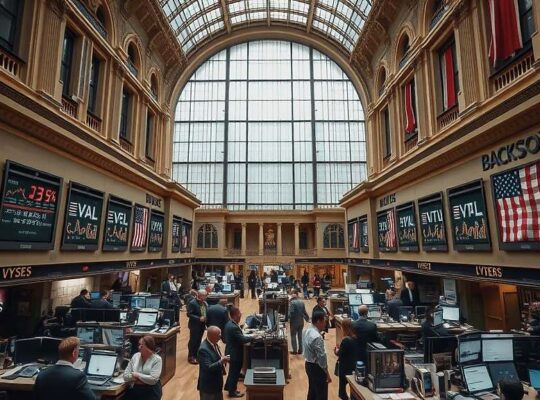The German DAX index registered gains at the start of the trading week, closing at 23,239 points – a 0.6% increase compared to the previous day. The modest rally was largely attributed to a rekindling of hope for potential interest rate cuts in the United States, a pivot that analysts suggest averted a more significant downturn.
“The DAX has, for now, escaped a total collapse thanks to the resurgence of expectations for US interest rate reductions” stated Christine Romar, Head of Europe at CMC Markets. She highlighted the crucial intervention by New York Fed President John Williams late Friday, who alluded to the possibility of future rate cuts. Romar questioned the “coincidence” suggesting a pattern of the Federal Reserve intervening to stabilize the equity markets.
The market’s assessment of the likelihood of a third rate cut this year rebounded to 70% following Williams’ remarks, triggering a rally on Wall Street. This sentiment subsequently buoyed the DAX, allowing it to distance itself from the critical 23,000-point threshold. However, the partial erosion of daily gains indicates a fragile technical condition, suggesting continued volatility and market nervousness.
Among individual stocks, Bayer emerged as the top performer, experiencing a double-digit increase and reaching a new annual high. The company’s stroke medication, Asundexian, achieved a significant milestone in a crucial phase-III clinical trial, positioning it as a potential blockbuster drug. This positive news continues a string of favorable developments within Bayer’s pharmaceutical division, fueling an upward trend that has delivered over 50% in gains since the end of a previous downward spiral twelve months ago. However, the shadow of the Monsanto acquisition – which previously resulted in an almost 90% destruction of shareholder capital for long-term investors – underscores the lingering anxieties, with current advancements perceived by many as a meager consolation.
Conversely, defense stocks encountered losses, driven by renewed optimism surrounding a potential ceasefire in Ukraine. However, Romar cautioned against premature conclusions, noting that similar points have been reached before. She expressed skepticism regarding the efficacy of the American peace plan, characterizing it as currently generating “confusion and misunderstanding” indicative of a protracted path toward resolution in a conflict now nearing its fourth year. Despite this, she suggested that defense spending is likely to remain a priority for the foreseeable future, limiting the potential for a definitive end to the boom in the sector.
The euro strengthened slightly, trading at $1.1524, while the US dollar fetched €0.8678. Gold prices also benefitted from the market dynamics, reaching $4,098 per ounce. Brent crude oil prices increased to $62.81 per barrel, adding 0.4% to the previous day’s closing value.












